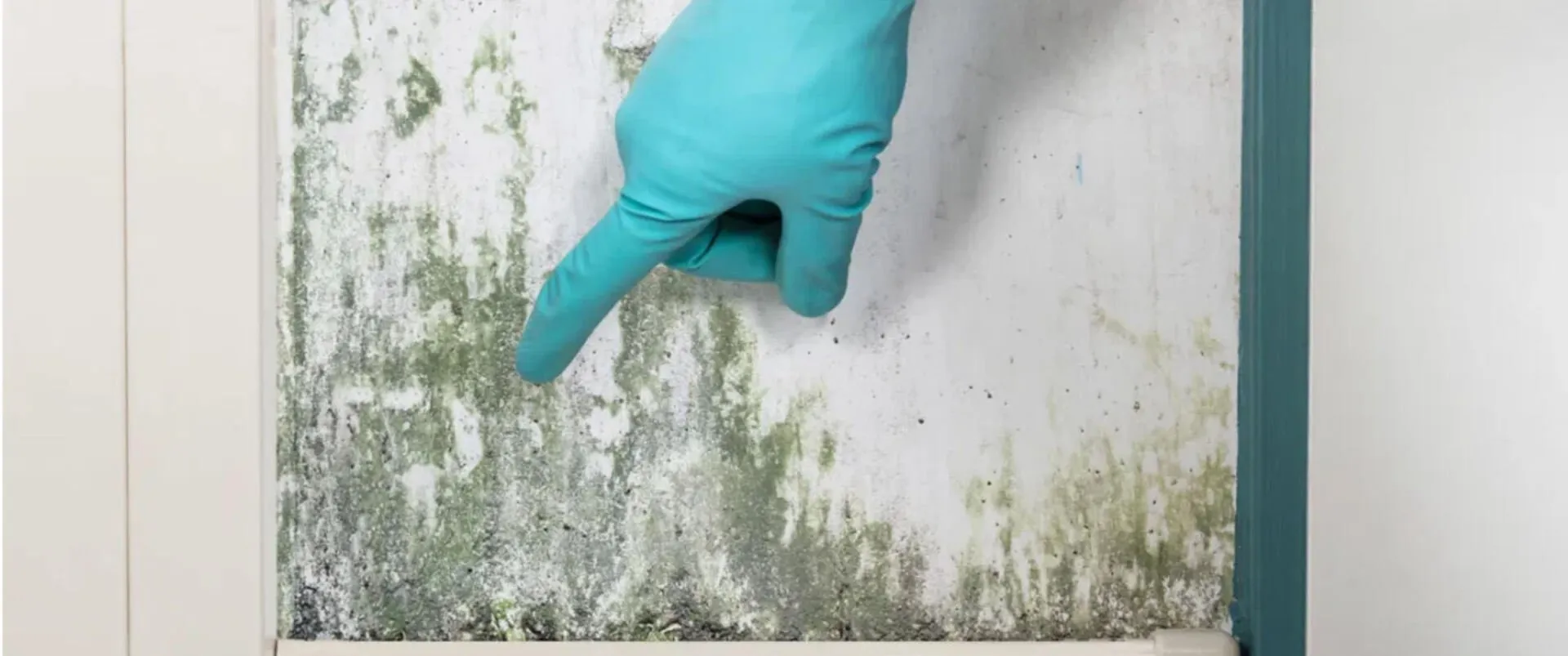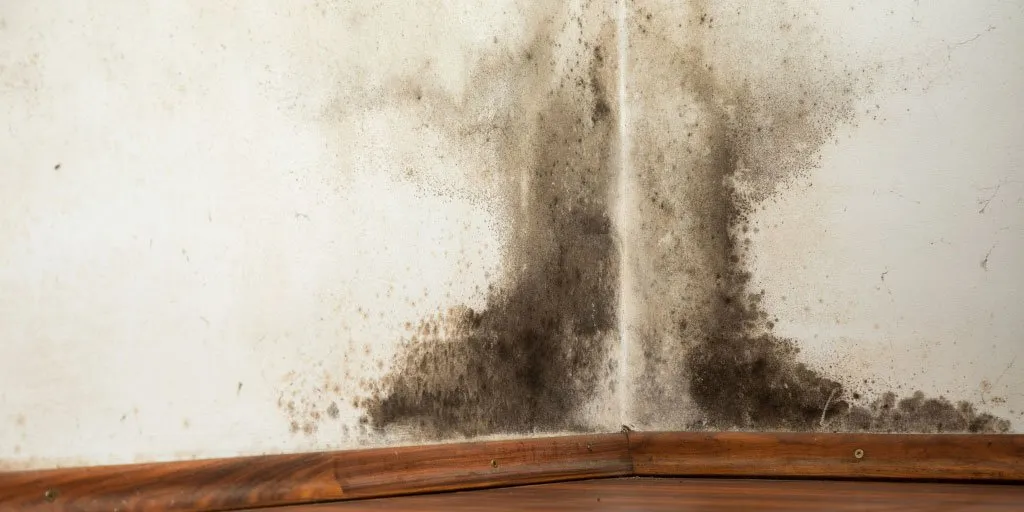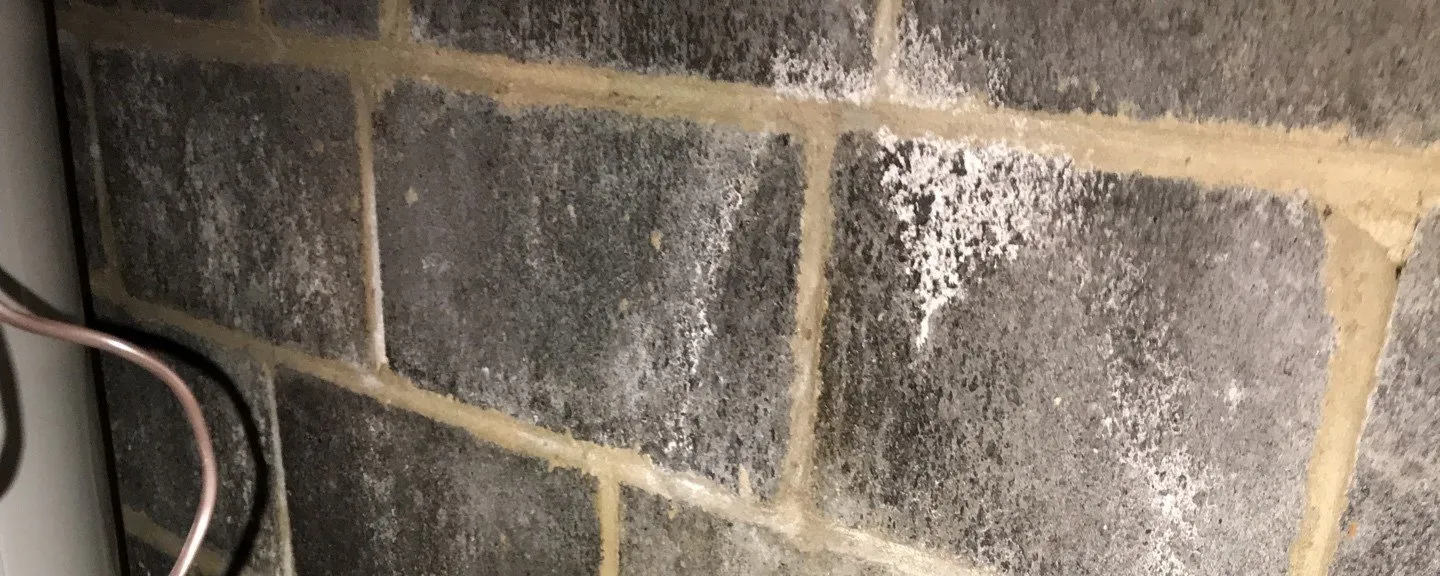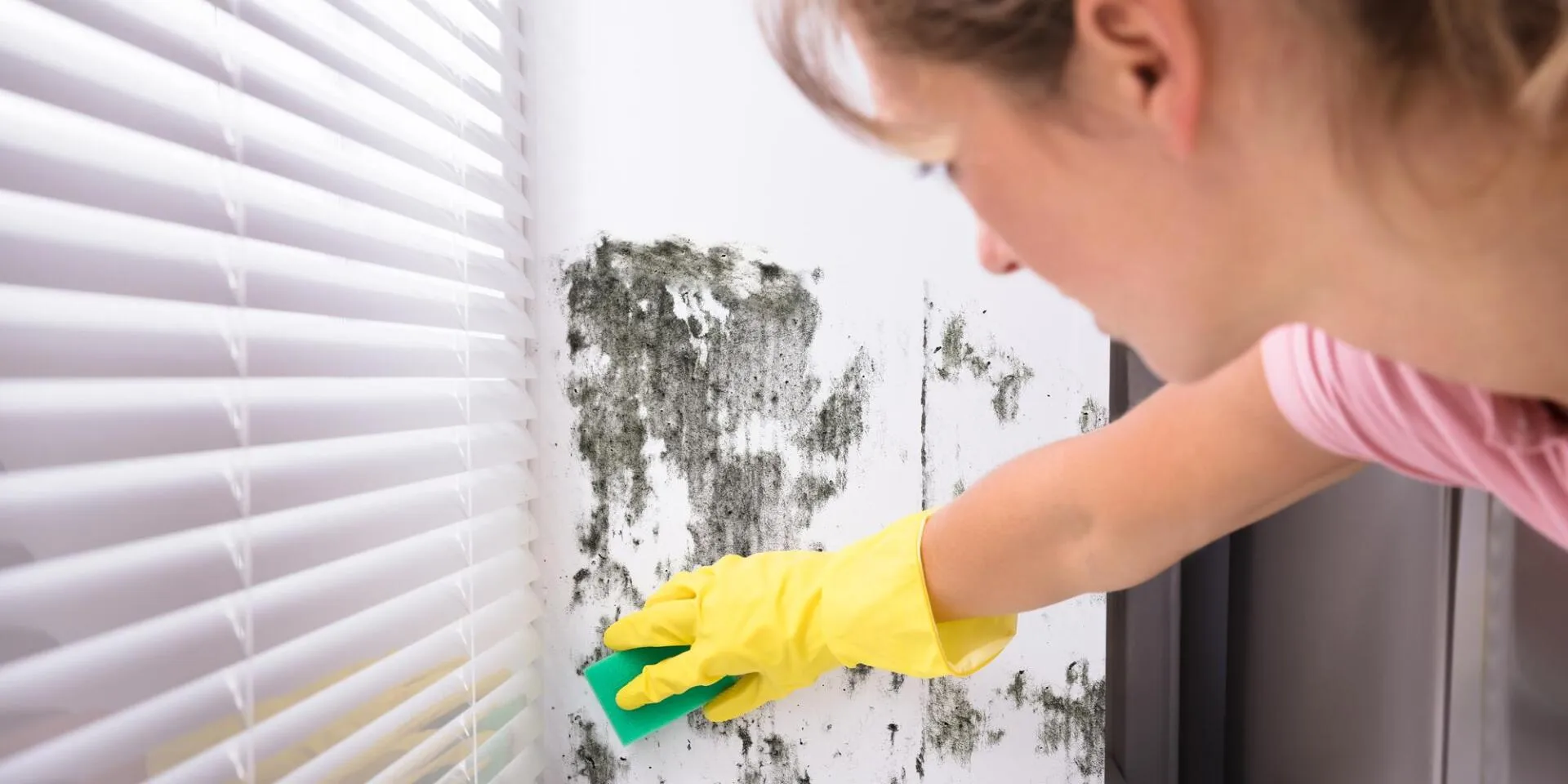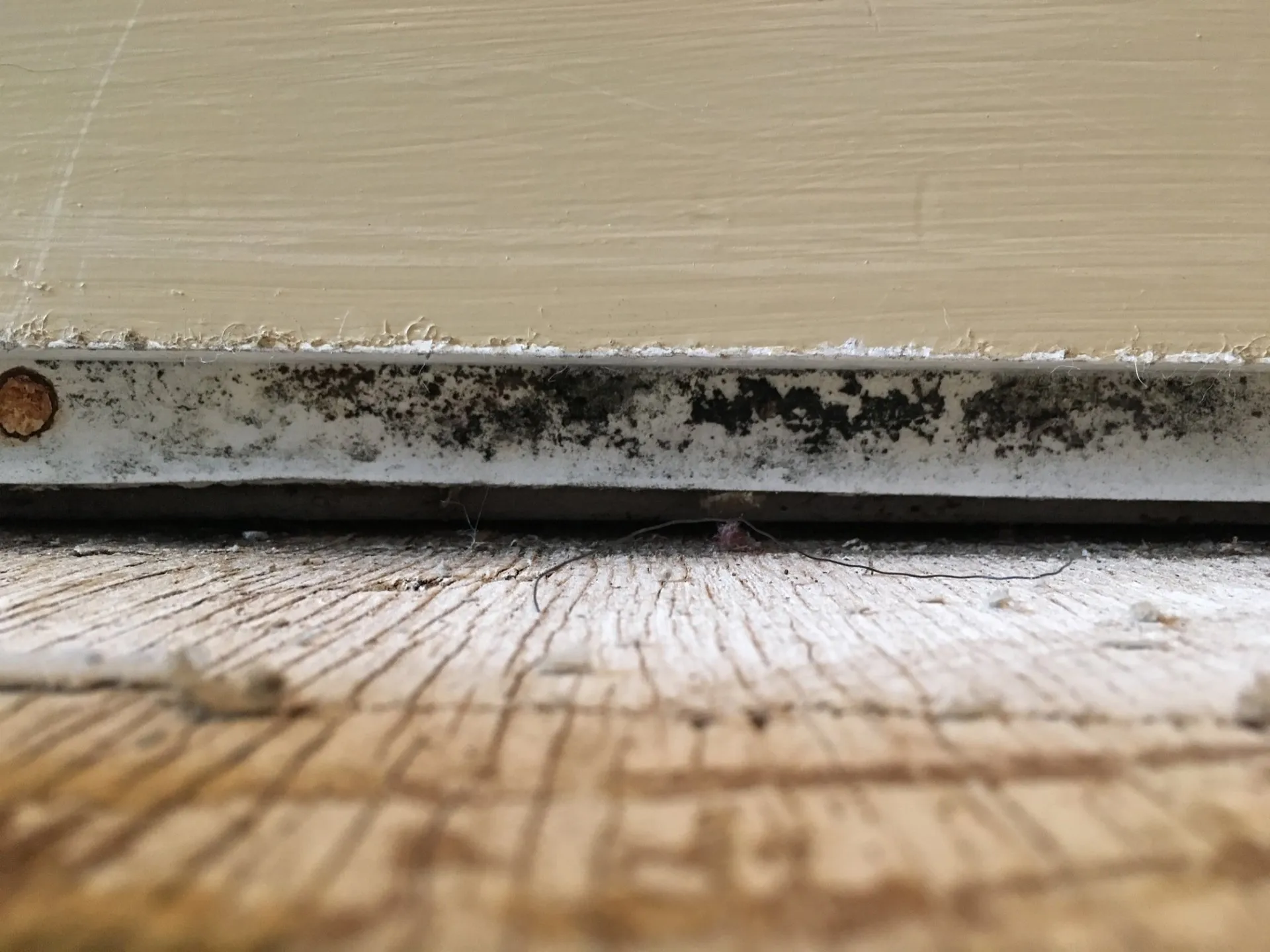
Water damage is a common problem in places that experience heavy rainfall, snow, and flooding. Apart from flooding and structural damage, mold is another result of water damage that homeowners have to deal with. Mold affects the aesthetics of your house, weakens its structural integrity, and causes health risks. Proper cleanup and remediation are required to deal with mold growth inside your home. In this article, we discuss the tips to identify and prevent the growth and spread of mold.
Why Does Mold Grow After Water Exposure?
Water leaks or flooding can create a humid environment in different parts of your house, like the attic, basement, kitchen, or bathrooms. Moisture creates suitable conditions for mold to grow and spread on the walls and ceilings, while organic materials like drywall, wood, and dust become its food source.
Mold spores might start growing within 24 hours of water damage and begin to spread throughout your home within only a couple of weeks. It can cause wood to rot, damage your belongings, and cause health risks. If you do have water damage in your home, it’s important to address the damage right away in order to prevent extensive mold growth.
Tips For Preventing Mold After Water Damage
If your home has recently been affected by water intrusion, you must know how to prevent mold from growing. Mold can start growing right away, so quickly taking action is essential. Here are some tips for protecting your home and preventing mold growth after water damage.
Drain the Water
The first and most crucial step after water intrusion is draining the water immediately, allowing the area to dry and prevent further damage. A wet-dry vacuum can help to remove excess water. However, you’ll need the right tools and techniques to remove moisture hidden underneath the walls, floors, and other surfaces.
Hiring professional water restoration services will ensure that water and moisture are removed from the affected areas, keeping them clean and dry and also preventing mold growth. Identify the source of any moisture so that you can take preventative measures and keep water from coming back.
Remove Damp Carpets or Flooring
If your carpet or flooring has been affected by water intrusion, it should be dried or removed immediately. Wet carpets provide a damp environment for mold to grow. Hardwood flooring can trap water between the boards and retain moisture, becoming a breeding ground for mold. Wet spots and stains signal serious damage that requires drying or replacement to avoid mold infestation. If water damage has been extensive, you may need mold mitigation experts to assess and deal with the damaged materials promptly and properly.
Use a Dehumidifier to Minimize Moisture
Moist, damp environments with high humidity are perfect environments for mold to grow and spread. To prevent mold, the relative humidity inside the house should be below 50%. You can use a dehumidifier to clear out the excess moisture and maintain humidity levels. Professional mold or waterproofing experts can help you decide which type and size dehumidifier will ensure the correct moisture level in your home, specifically in areas prone to water damage, like the basement.
Sanitize the Walls, Baseboards, Floors, and Other Surfaces
Once you have dried the floor and your belongings, the next step is to sanitize all surfaces affected by water. If certain items are damaged beyond repair, you should remove them immediately. The remaining surfaces and items should be properly cleaned with water and detergent to prevent any bacterial or mold growth. Mold can cause severe respiratory issues and skin rashes, affecting the health and mood of your family. It is essential to disinfect all surfaces to avoid mold spores from growing and spreading throughout your home.
Replace Damaged Items
You can dry out and repair certain items, but extensive damage will require you to replace some items as well. If items like carpets, furniture, or floorboards start to change color, sag, change shape, or give off a musty smell, it is time to replace them. It helps to prevent mold growth and prevent even more extensive and costly repairs and replacements in the future.
Repair Leaks Around Windows and Doors
In case of flooding, heavy rainfall, or storms, water might seep in through the cracks in the windows and doors. To waterproof them, you should seal all cracks and gaps with sealant. Sealing the doors and windows will help prevent future water leaks and mold growth.
Replace Gutters to Prevent Mold
Water overflowing from damaged gutters can leak into the roof or pool around your home and seep into the foundation. It should be directed away from your home to keep it dry and clean.
Waterproof Your Home
If you regularly experience water damage, you may need to waterproof your basement or crawl space. You can install a sump pump or drain tile, seal leaks, or improve exterior drainage. You should clear your gutters and downspouts of debris and repair missing parts to ensure that water is directed away from your home when it rains.
Detecting Signs of Mold After Water Damage
Any damp, wet, or high-humidity area is a perfect breeding ground for mold. It usually grows in places that are constantly wet, like the bathroom and kitchen or around the sink and shower areas. You should check for issues throughout the house, like plumbing leaks and leaks in the walls, floors, and ceilings of all affected areas. If you suspect mold in hidden places, getting professionals to inspect the house can help detect problems in the early stages and avoid hefty repairs.
Clean Up Mold After Water Damage
If you have recently experienced water damage in your home, you should hire professionals to inspect the affected areas. They can help identify the cause of damage, such as leaks from cracks or plumbing leaks, and provide mold mitigation services.
Lamunyon Mold’s team of experts provides thorough and reliable mold inspection, testing, and remediation services. We provide mold remediation services to keep your home healthy and safe from mold. If you have any concerns regarding mold in your home, give us a call today!
Frequently Asked Questions (FAQs)
After water damage, like flooding or leaks, mold starts to germinate within 12-24 hours. It takes about 1 – 2 weeks to spread and become visible. Visible mold is an indicator of serious moisture and mold issues in the house that require immediate attention.
The safety of your home after water damage depends on the extent of damage. If water has affected the structural integrity of your home, you have health concerns, and/or you are unable to contain/seal off the damaged area, then you might want to consider moving out till the house has been restored. A water damage remediation team can help you evaluate the extent of your home’s damage.
If your home has experienced water damage, it is essential to schedule a professional restoration company immediately to inspect and properly dry out your home. This will avoid the increased expense of removing mold at a later time.
Most homeowners insurance has limited coverage for mold removal. These include unexpected and sudden incidents that lead to mold growth like water damage caused by sudden accidents or disasters. If the mold was caused by regular wear and tear, neglected leaks, or poor construction, remediation may not be covered by your insurance.

